Ghost birds of St Joseph Atoll
During some times of the year, nights at St Joseph Atoll are pierced by a chorus of ghostlike calls made by shearwater seabirds. Danielle will investigate their diet, feeding behavior and diving patterns.
From a young age I knew that I wanted to work with marine life and do my part to protect it. I was intrigued by how everything in the ocean is so connected and, since we know so little about our oceans, I wanted to be one of ‘those people’ who uncover its mysteries. When I started diving at 11, my mind was blown away by the sheer beauty of the underwater world. My parents told me I would need to work really hard to do what I love, which is exactly what I did.
By the end of high school...
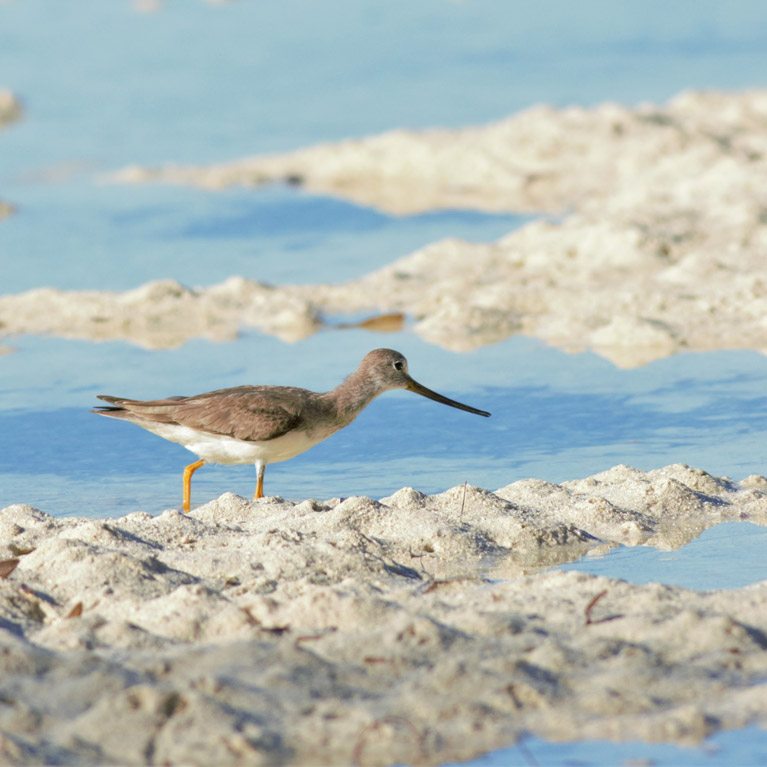
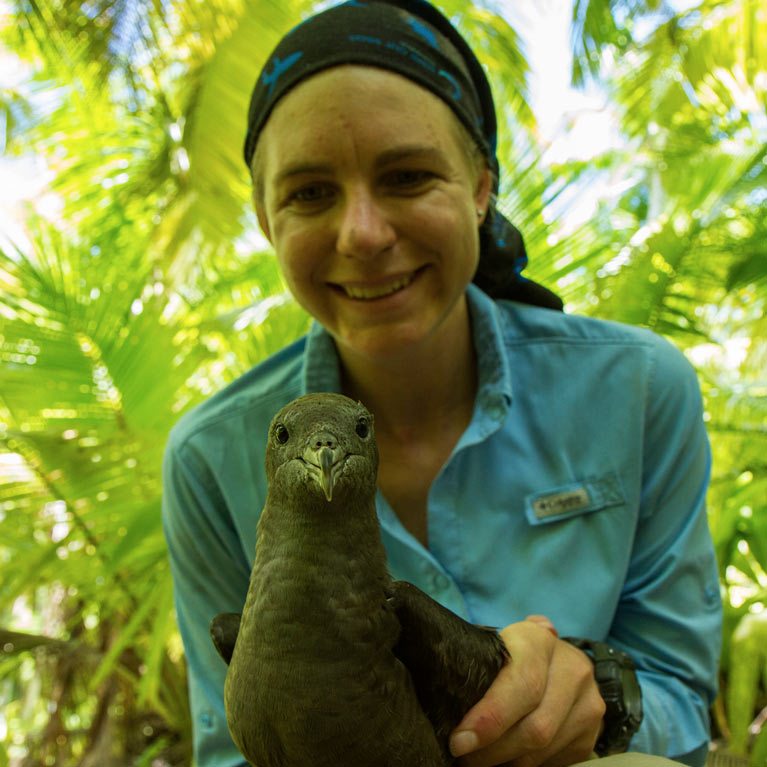
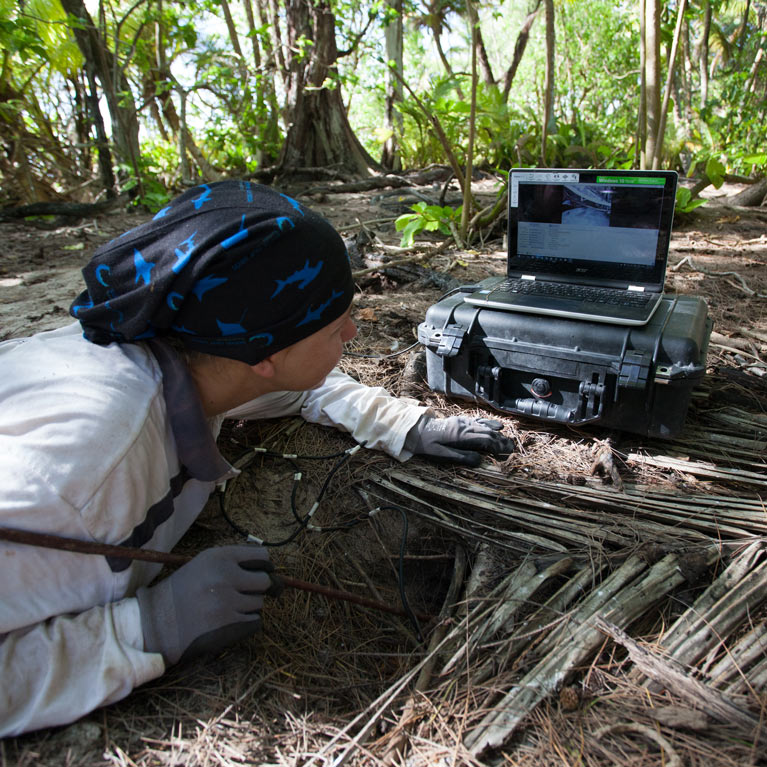
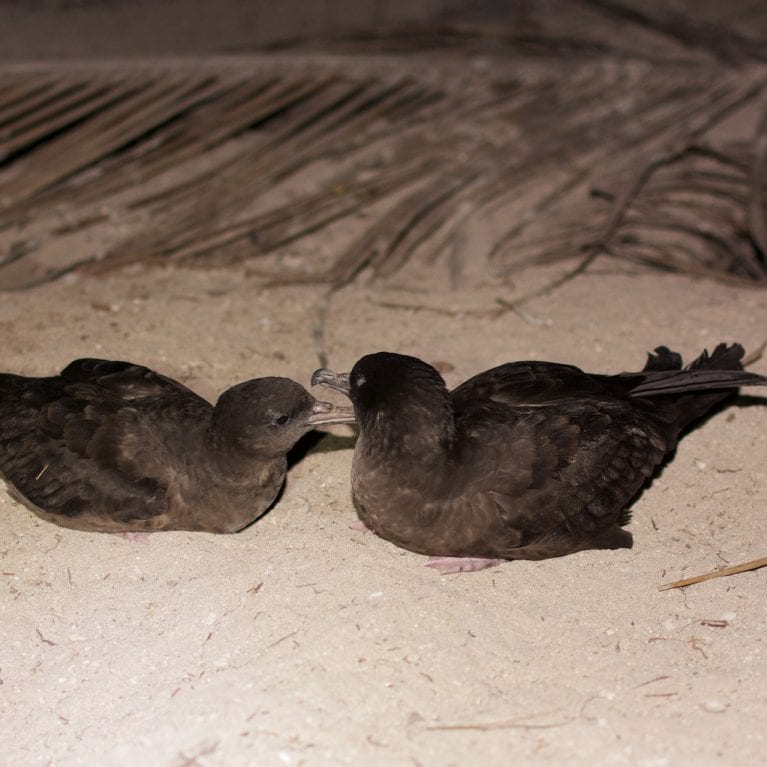
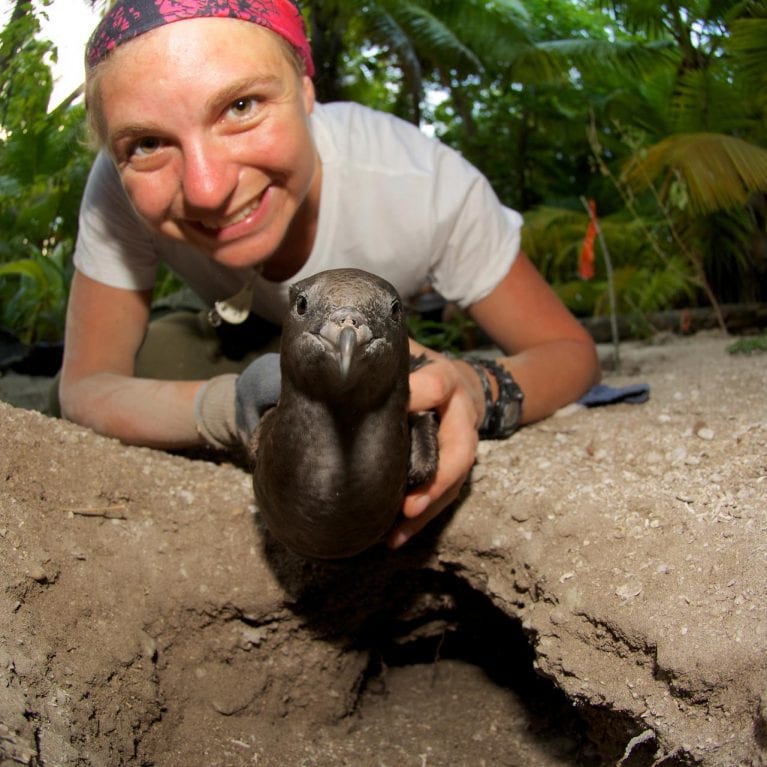
Foraging ecology of Wedge-tailed Shearwaters (Ardenna pacificus) breeding at St Joseph Atoll, Seychelles
This project has two general aims. The first will be to determine the diet of Wedge-tailed Shearwaters breeding at and St Joseph Atoll. The second will be to assess the at sea distribution and diving behaviour during the breeding and non breeding season.
The western Indian Ocean has been described as a biodiversity hotspot for marine predators and in particular as a breeding habitat for numerous seabird species which concentrate heavily on islands in the Seychelles Archipelago (Le Corre et al. 2012). Much of the western Indian Ocean is however largely impacted by industrial tuna fisheries (IOTC 2008, 2010, 2013) and experiences major maritime traffic as a result of oil transportation from the Middle East, both of which may pose a major threat to biodiversity. It is therefore important to monitor the at sea distribution of seabirds in the western Indian Ocean in order to identify areas of ecological importance to inform appropriate spatial management. Such assessments are particularly relevant for species such as Wedge-tailed Shearwaters that are known to be vulnerable to anthropogenic pressures in the Central Indian Ocean, while breeding as well as during the overwintering period between breeding seasons (Catry et al. 2009b; Le Corre et al. 2012). Seabird tracking data is increasingly being used to assist with the designation of Marine Protected Areas (MPAs) as they generally target areas of high productivity with intact ecological processes (Kappes et al. 2013; Kappes & Le Corre 2009; Lascelles et al. 2012).
Currently less than 1 % of the world’s oceans are protected (Wood et al., 2008; Game et al., 2009). These protected areas mostly focus on sessile and sedentary ecosystems and organisms (Louzao et al., 2006) and very few protected areas are found in the pelagic ocean (Game et al., 2009). There is thus a need to protect more mobile, pelagic taxa and their oceanic environments (Louzao et al., 2006). In order to create appropriate protected areas in pelagic zones, it is essential that comprehensive data on biological, physical and socioeconomic factors which influence these systems that can be used in conservation planning techniques are collected (Game et al., 2009).
Pelagic ecosystems within the tropical western Indian Ocean are considered marine hotspots of biodiversity, in that they support globally significant populations of many charismatic and economically important marine top predators such as seabirds, cetaceans, tunas, billfish and sea turtles (Le Corre and Jaquemet, 2005). Many of these species cover thousands of kilometres each year, making it difficult to protect the full extent of their range. However, they are mostly at risk in a few demographically important areas, such as their breeding and foraging areas or their migration routes (Louzao et al., 2006; Game et al., 2009). Marine protected areas that cover these areas in order to limit the threats and stressors, can reduce the mortality and increase the fitness of marine top predators, even if only a small section is preserved, making it essential to set conservation targets in such areas (Game et al., 2009; Mancini et al., 2015).
One of the worlds’ most threatened taxa are seabirds (Butchart et al., 2004; Croxall et al., 2012b). Despite their global distribution, of the estimated 350 species of seabirds 28 % are considered globally threatened, 5 % are critically endangered and 10 % are near threatened. Their major threats include the effects of invasive species (i.e. predation), human disturbance, fisheries (overfishing and bycatch) as well as chronic and catastrophic pollution (Croxall et al., 2012b). The value of seabirds as indicators of the state of the marine environment has therefore been identified (Cairns, 1987; Piatt et al., 2006; Piatt and Sydeman, 2007). Several of their demographic and behavioural attributes are largely governed by food availability and thus the monitoring of parameters such as population size, timing of breeding, chick growth rate and food consumption, body condition, as well as foraging ecology and diet, ultimately yields important information on the state of the marine environment (Cairns, 1987; Le Corre and Jaquemet, 2005; Piatt et al., 2006; Piatt and Sydeman, 2007).
By monitoring the at sea distribution and diet of seabirds, areas of ecological importance for appropriate spatial management of protected areas may be identified. Such assessments are particularly relevant for species such as Wedge-tailed Shearwaters that are known to be vulnerable to anthropogenic pressures in the Indian Ocean, while breeding as well as during the overwintering period (Catry et al., 2009c; Le Corre et al., 2012). This species is also known to associate with other top predators such as tuna (Jaquemet et al., 2004b) potentially making them vulnerable to fishery activities. Seabird tracking data is increasingly being used to assist with the designation of MPAs as they generally target areas of high productivity with intact ecological processes (Kappes and Le Corre, 2009; Lascelles et al., 2012; Kappes et al., 2013). Thus, it is important to acquire a better understanding of the foraging distributions of seabirds and to monitor diet to determine to what extent they are interacting with fisheries and where MPA may be beneficial for the species.
The spatial distribution and strategies in Wedge-tailed Shearwaters:
- Assess foraging distribution of incubating of WTS during the incubation period
- Assess the diving behaviour in WTS during the incubation period.
- Assess sexual segregation between breeding adult WTS.
The trophic ecology of Wedge-tailed Shearwaters:
- Assess the dietary composition of adult birds during the incubation period by means of direct methods. Thus providing information on the major prey resources utilized during the breeding season, when seabirds are spatially constrained as central place foragers.
- Assess sex-specific and breeding statues differences in trophic ecology.
- Compare patterns of isotopic partitioning in blood and feathers to evaluate differences in partitioning in breeding (blood) and non-breeding (feathers) periods.

